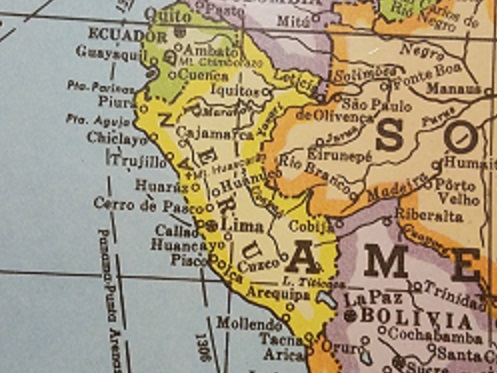By NewsDesk @bactiman63
Peru has reported 56,394 total dengue fever cases in 2020, making it the worst dengue epidemic since 2017, when the virus infected over 68,000 people.

88 dengue related deaths have been reported.
The Peru dengue crisis began in October of 2019 when the cases increased in the Madre de Dios region in the country’s southeast.
Peru tops 1 million COVID-19 cases, increased restrictions and ivermectin use warning
In February, the government declared dengue a health emergency.
Dengue is a viral infection transmitted by the bite of an infected mosquito. There are four closely related but antigenically different serotypes of the virus that can cause dengue (DEN1, DEN 2, DEN 3, DEN 4).
- Dengue Fever (DF) – marked by an onset of sudden high fever, severe headache, pain behind the eyes, and pain in muscles and joints. Some may also have a rash and varying degree of bleeding from various parts of the body (including nose, mouth and gums or skin bruising).Dengue has a wide spectrum of infection outcome (asymptomatic to symptomatic). Symptomatic illness can vary from dengue fever (DF) to the more serious dengue hemorrhagic fever (DHF).
Peru reports big increase in dengue fever in the time of COVID-19
- Dengue Hemorrhagic Fever (DHF) – is a more severe form, seen only in a small proportion of those infected. DHF is a stereotypic illness characterized by 3 phases; febrile phase with high continuous fever usually lasting for less than 7 days; critical phase (plasma leaking) lasting 1-2 days usually apparent when fever comes down, leading to shock if not detected and treated early; convalescence phase lasting 2-5 days with improvement of appetite, bradycardia (slow heart rate), convalescent rash (white patches in red background), often accompanied by generalized itching (more intense in palms and soles), and diuresis (increase urine output).
- Dengue Shock Syndrome (DSS) — Shock syndrome is a dangerous complication of dengue infection and is associated with high mortality. Severe dengue occurs as a result of secondary infection with a different virus serotype. Increased vascular permeability, together with myocardial dysfunction and dehydration, contribute to the development of shock, with resultant multiorgan failure.
Related:
- Nigeria reaches the ‘100,000 cases milestone’
- San Diego Zoo reports gorillas test positive for SARS-CoV-2
- LexaGene to Detect UK and South African COVID Sequences
- First case of the UK COVID-19 variant detected in Illinois
- Lyme disease: ≈476,000 patients diagnosed annually from 2010–2018
- Brazil Health Minister: ‘Our vaccination program for COVID-19 will be the largest in the world’
- Vir Biotechnology & Gilead Announce Phase 2 Clinical Trial Collab for Functional Cure of Hepatitis B Virus


2 thoughts on “Peru reports worst dengue epidemic since 2017”